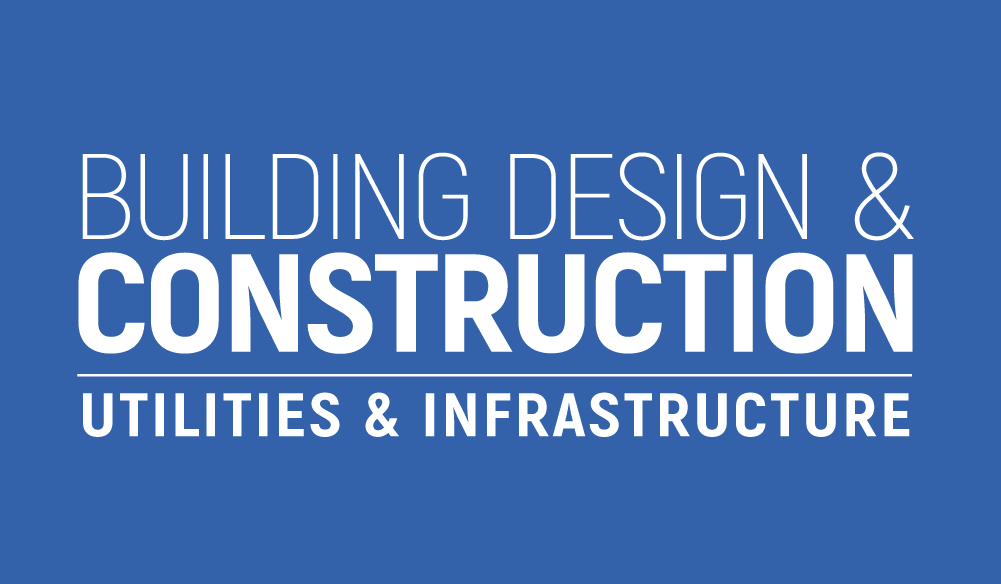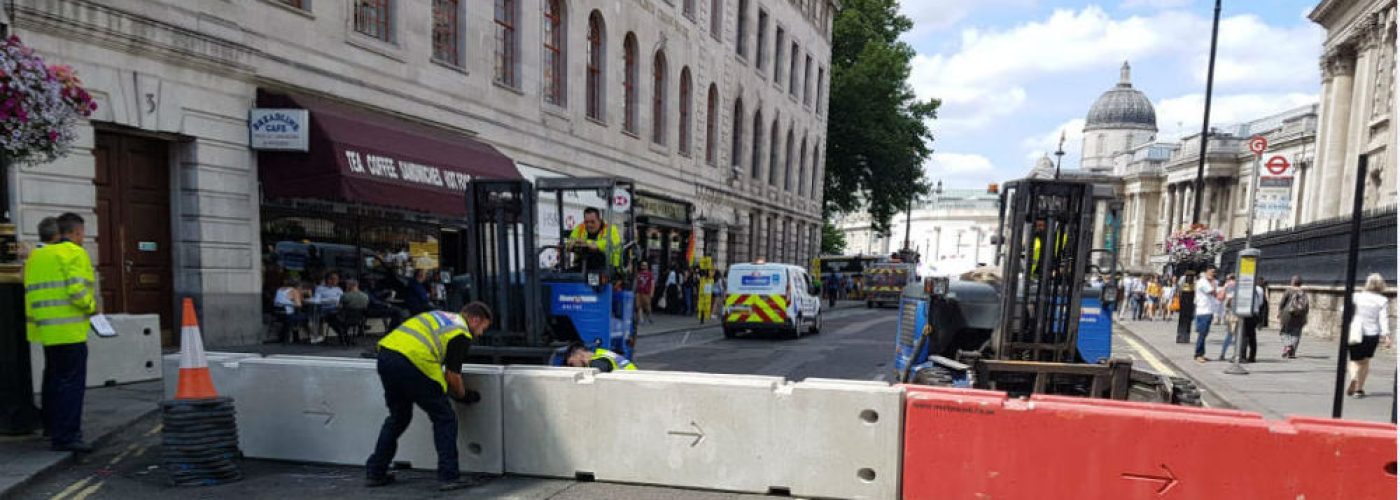Concrete is just about everywhere in city infrastructure, from the paving slabs at our feet to the skyscrapers that tower above us. The trouble is, this overuse means that concrete is rarely appreciated for its many benefits as a building material. In fact, thanks to its association with certain architectural styles (Brutalism, we’re looking at you), concrete is often downright hated.
This is a shame because concrete is cheap, durable, environmentally friendly and readily available – everything you need in a perfect building material. Even when a concrete building gets demolished or a concrete barrier is dismantled, its component parts can easily be reused and recycled into something new.
Here are just five ways in which concrete constructions can be given a new, imaginative lease on life.
Flexible traffic control
Traffic management might seem like one of the most obvious uses for concrete barriers, but have you ever seen it used like this? Thanks to the innovative “Barrier-Transfer” machine, the concrete road-blocks that are typically considered a permanent fixture can be moved between lanes to accommodate for heavier traffic travelling in one direction.
Perhaps it’s not the most creative use for the blocks themselves, but it’s certainly a refreshing way to update a very conventional scenario!
Cinder blocks as shelving
Eponymous with industrial interior design, cinder blocks can be used in a number of DIY furniture projects for a quirky, edgy and practical result. If you’re in need of a new bookcase, try balancing a plank of wood across two blocks, then stacking another two blocks and a plank on top of that. Just be careful about stacking them too high in case they fall – try to keep the top of your shelves below waist-height.
Cinder blocks are often used in a similar way for other pieces of furniture, such as bed frames, coffee tables and seating arrangements. A quick online search will give you plenty of ideas.
Concrete pipes as micro homes
At the beginning of this year, an architecture firm in Hong Kong revealed its prototype design for stackable micro-homes made from giant sections of pipe. These “O Pods” were thought up as a solution to the limited space and high-demand within the city’s housing market, and offer a low-cost, temporary housing option for young people.
It might sound extreme, but these cosy little tunnels actually look quite attractive inside and would make an ideal space for commuters, tourists or minimalism enthusiasts!
“Lego” blocks for underground bunkers
The robust nature of concrete as a construction material hasn’t just been noticed by housebuilders, with concrete blocks also being a popular choice for people creating storm shelters and underground bunkers. These aren’t just survivalists and Doomsday Preppers, but for households that live in high-risk areas for hurricanes and tornados.
Pre-fabricated concrete “lego” blocks are extremely durable and lock together to create a secure barrier that can be used as a defence against landslides, flooding and extreme weather. Whether you use them to build a surface-level shelter or lower them into a dug-out hole in the garden is up to you.
Jersey blocks as an obstacle course
Capable of withstanding extreme force and all-weather conditions, concrete can be used indoors and outdoors to create a challenging terrain for vehicles and people. Jersey blocks are particularly ideal for creating rugged hurdles or flat-topped ledges to skate along, while poured concrete is typically used to form into smooth ramps and bowls.
In fact, just about every type of concrete block can be inexpensively re-worked into a sturdy support or obstacle. The durability and versatility of concrete means that, the next time you need something for jumping over, scrambling up or dragging a certain distance, it’s your perfect material. For more information on the typical uses of blocks and barriers see quality barriers suppliers, Maltaward.
The fact is, although concrete may be ugly and uninspiring at a first glance, it’s a cheap, environmentally-friendly and robust material that can be used in countless applications. If you’ve got a construction or engineering problem, why not see if you can get creative with concrete blocks to solve it?





